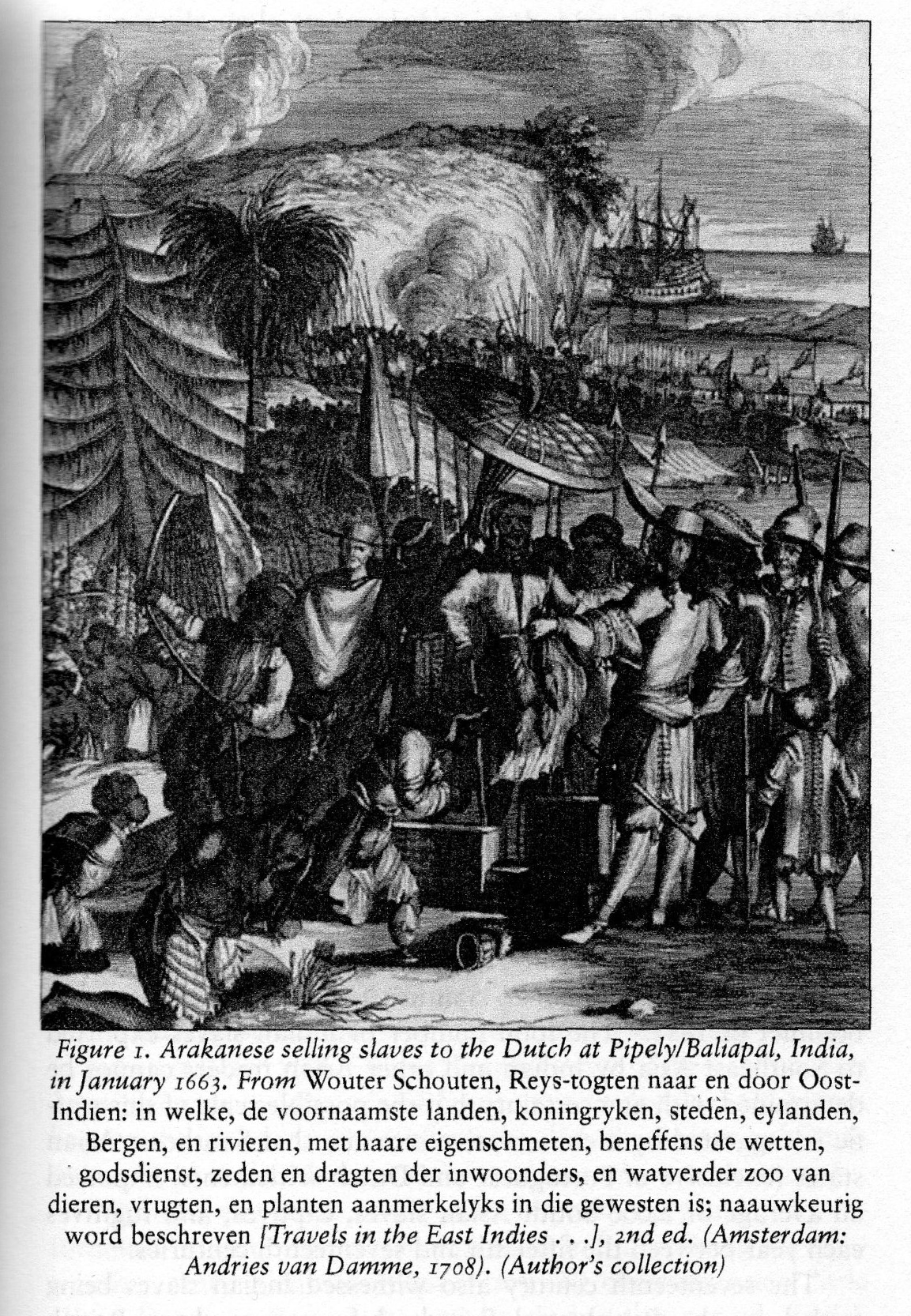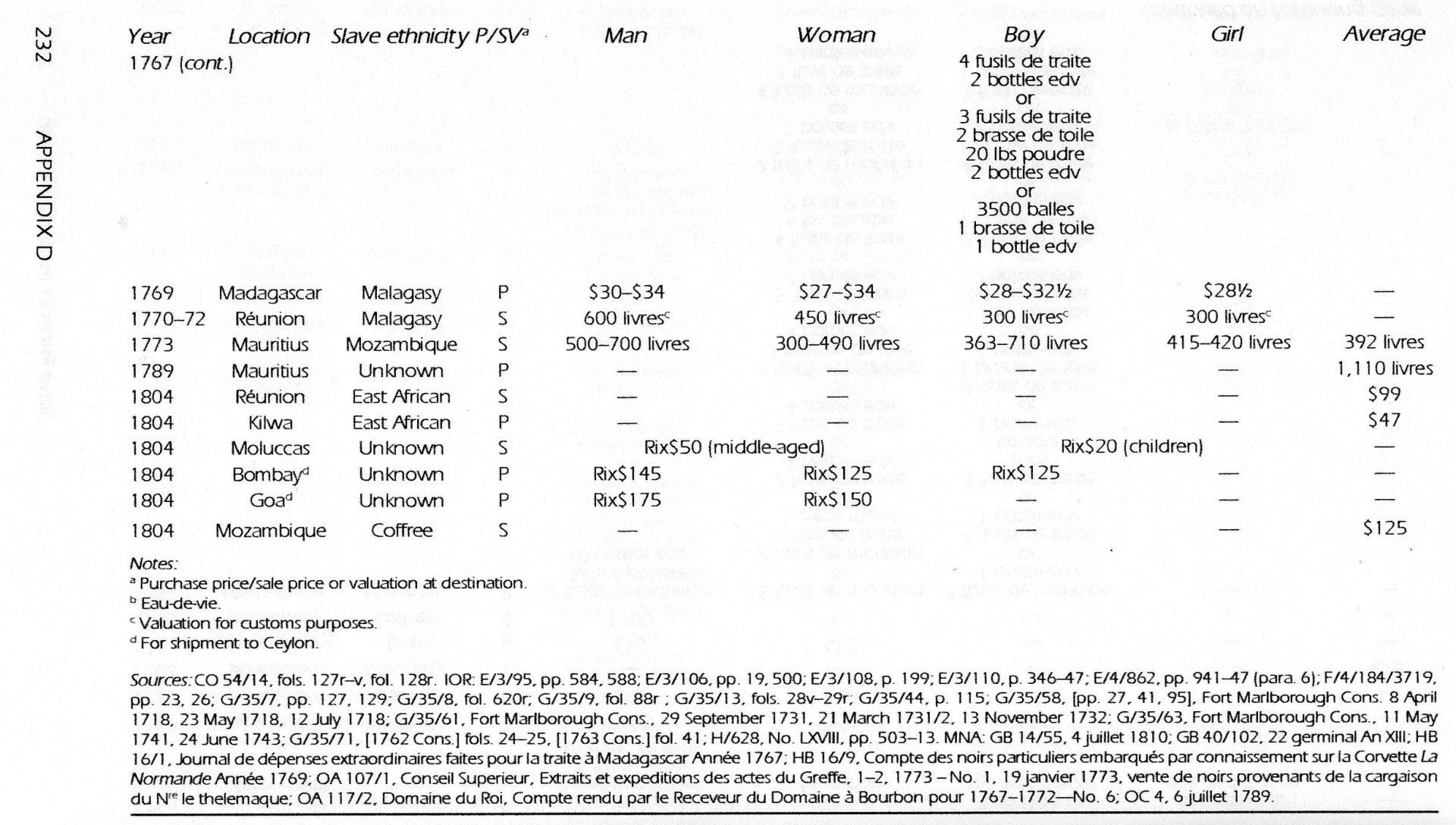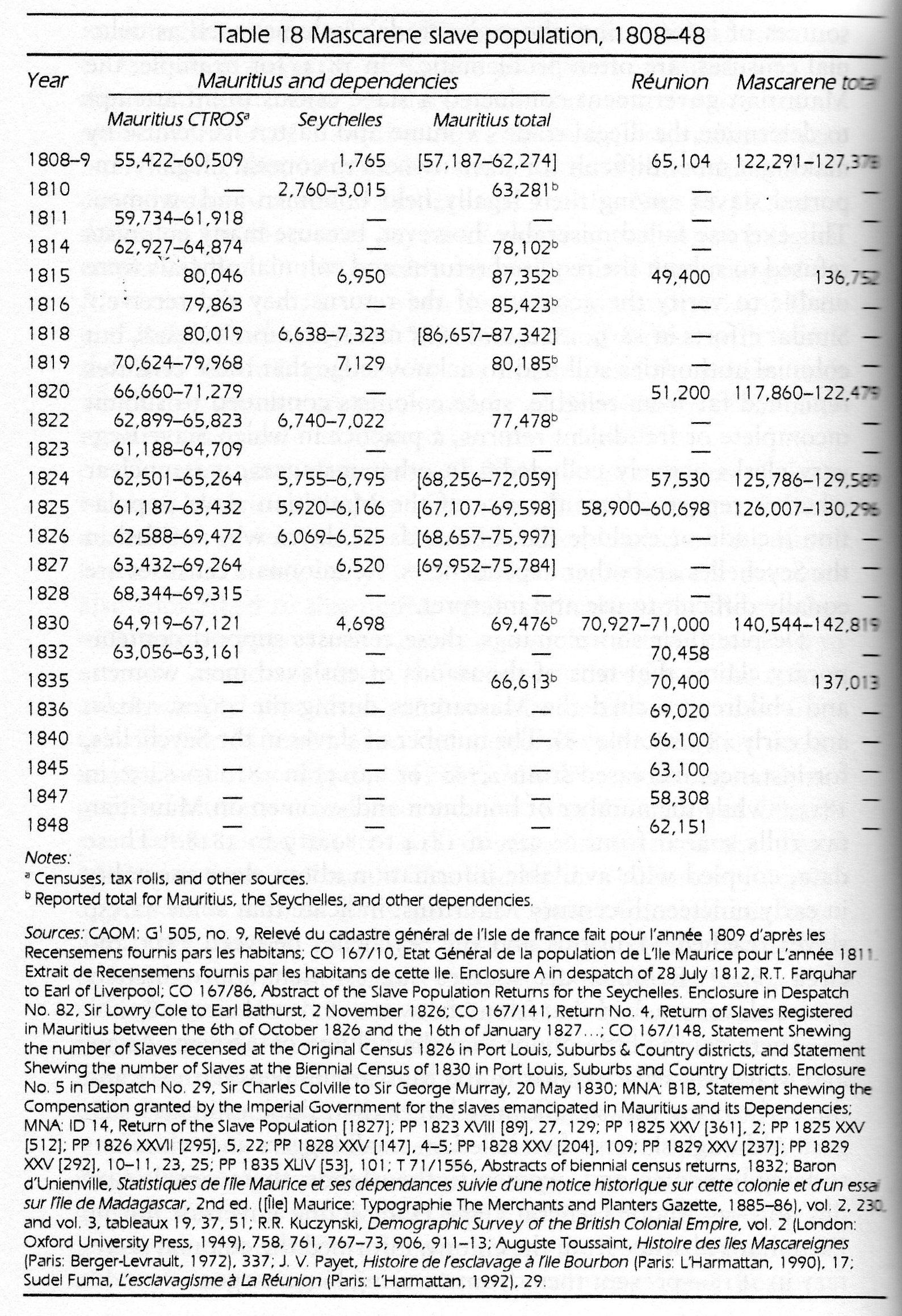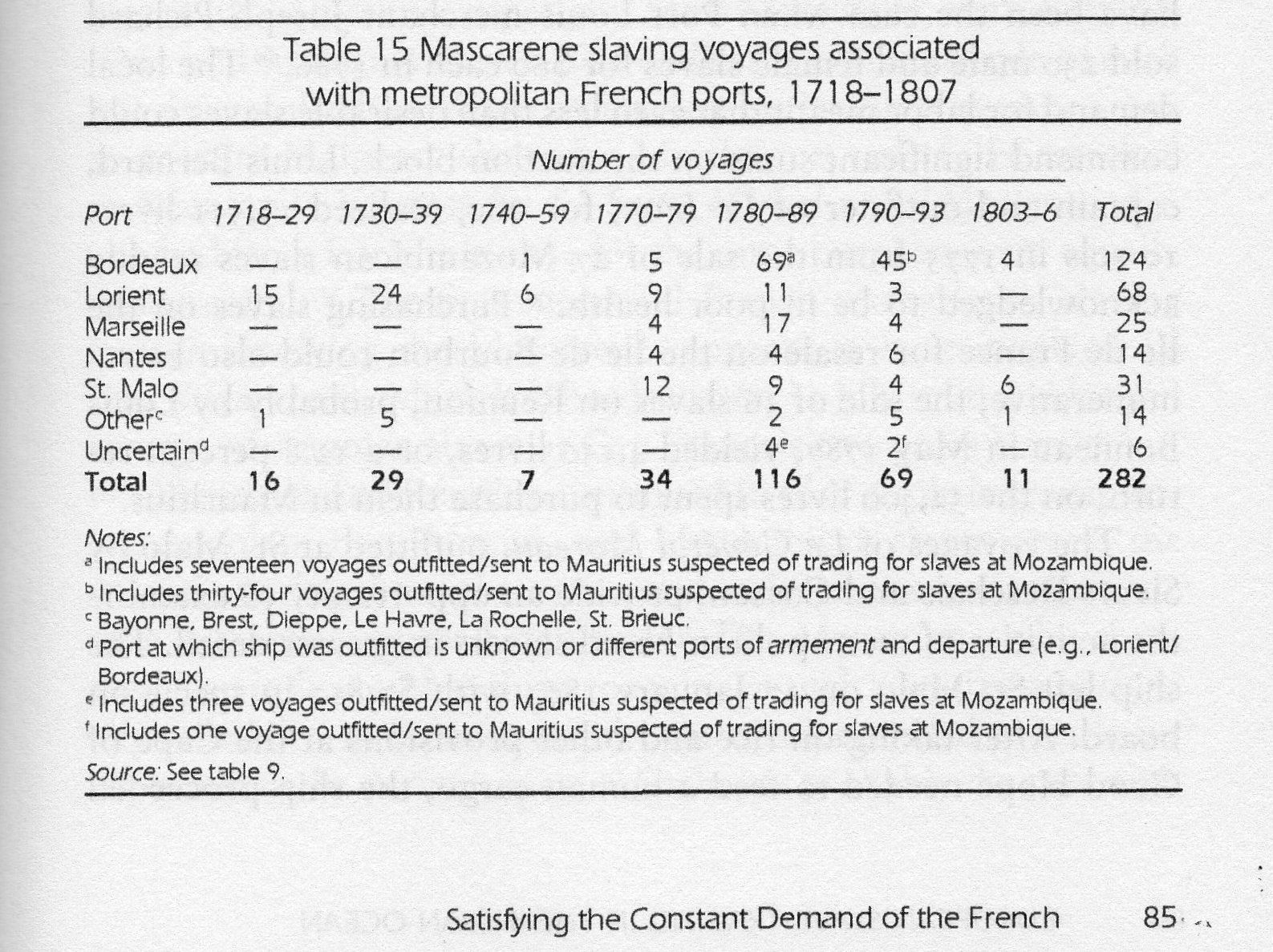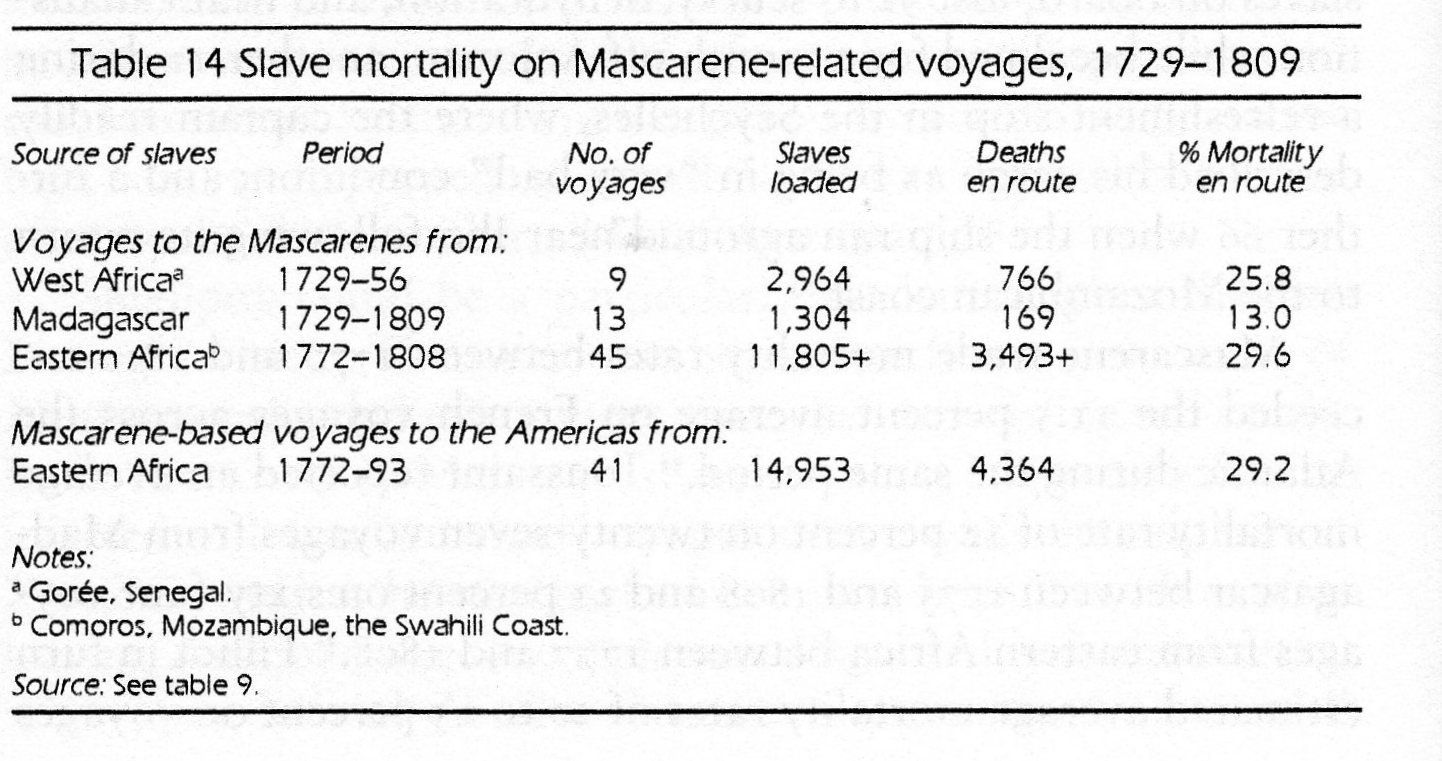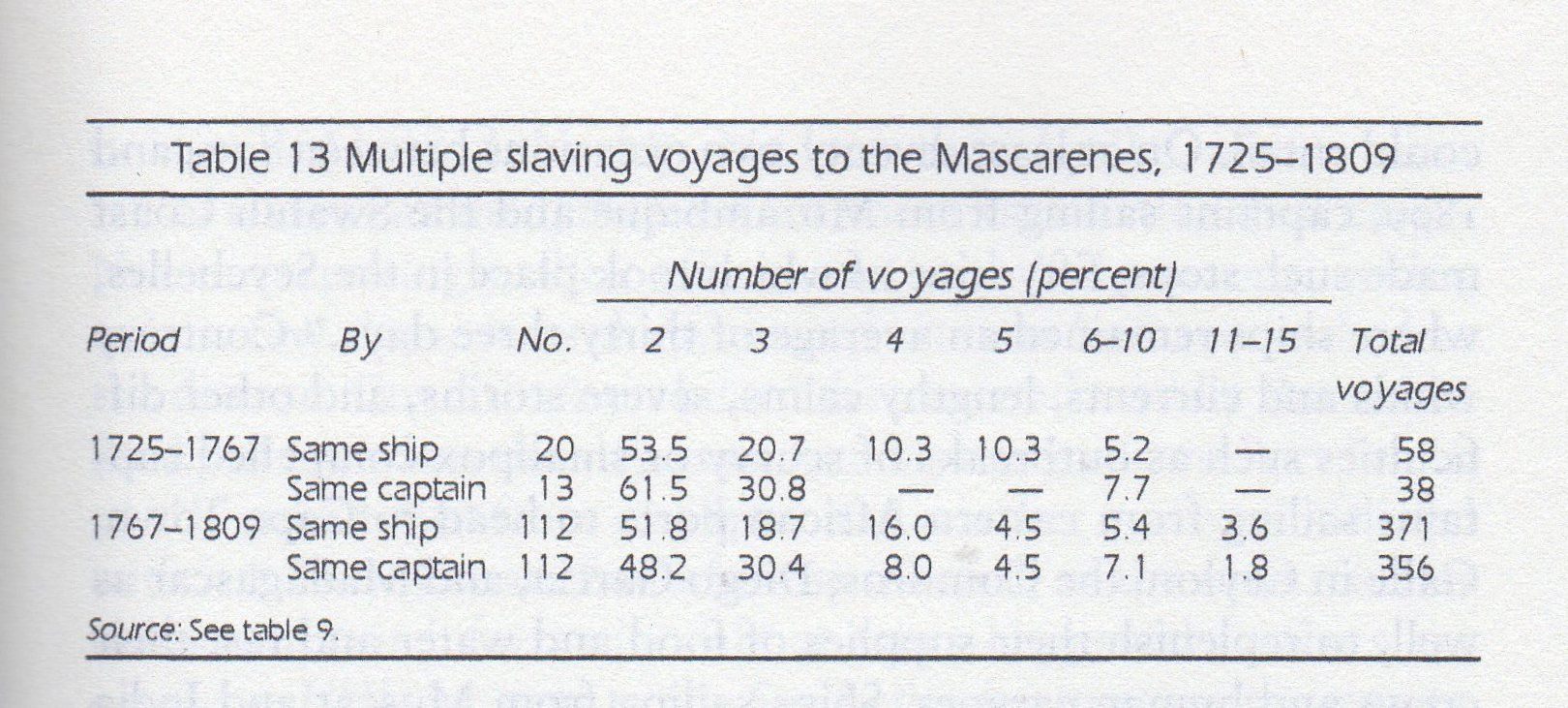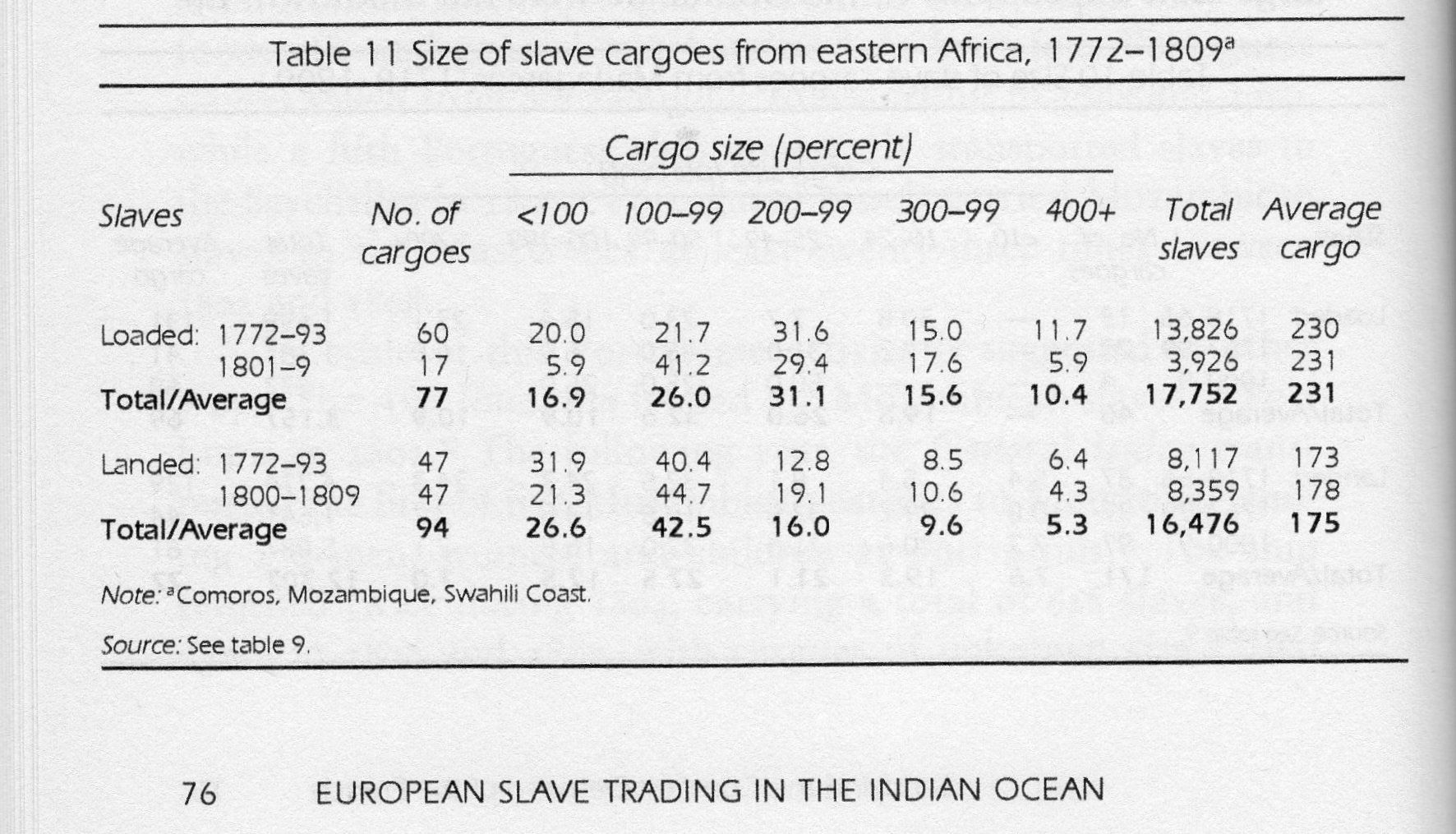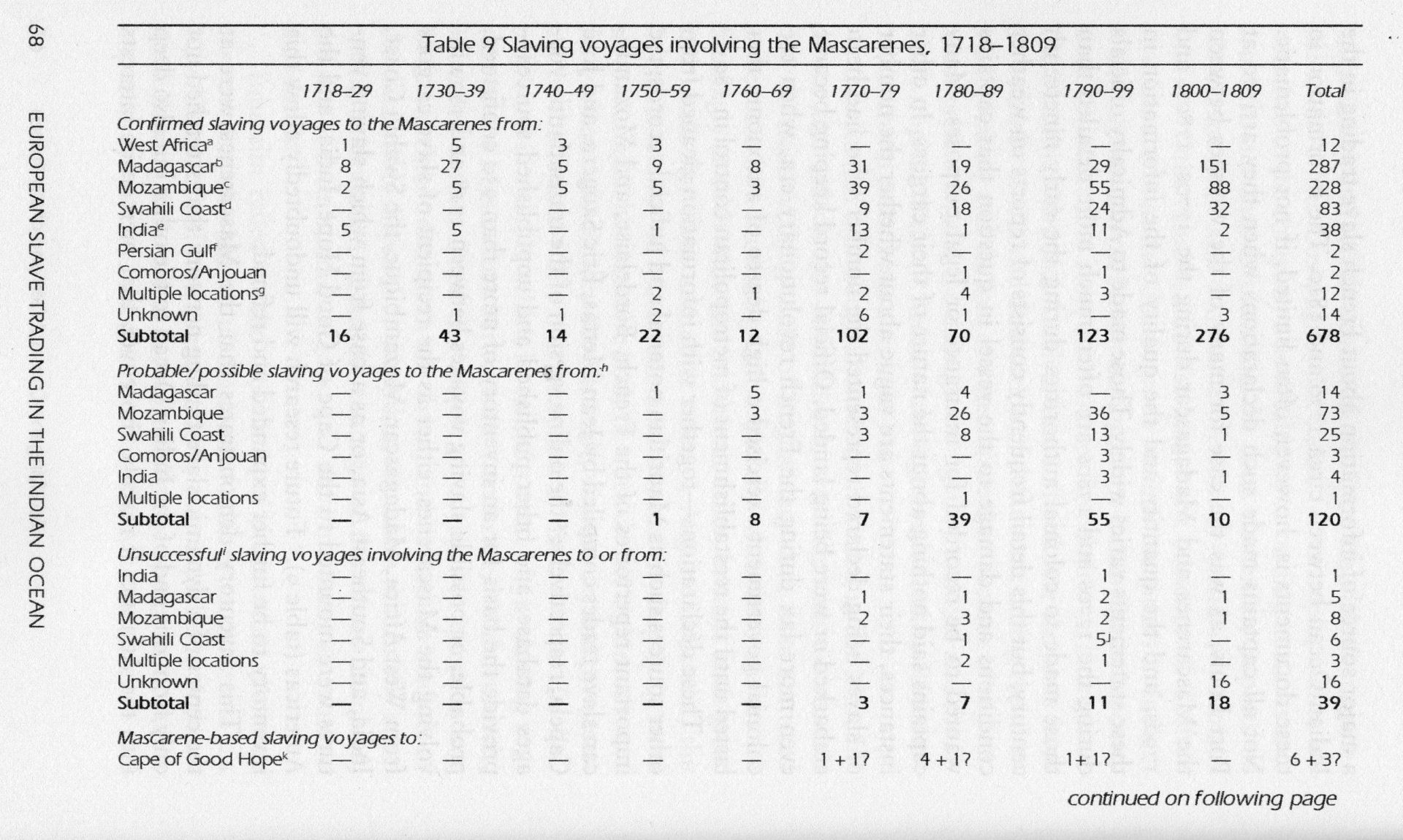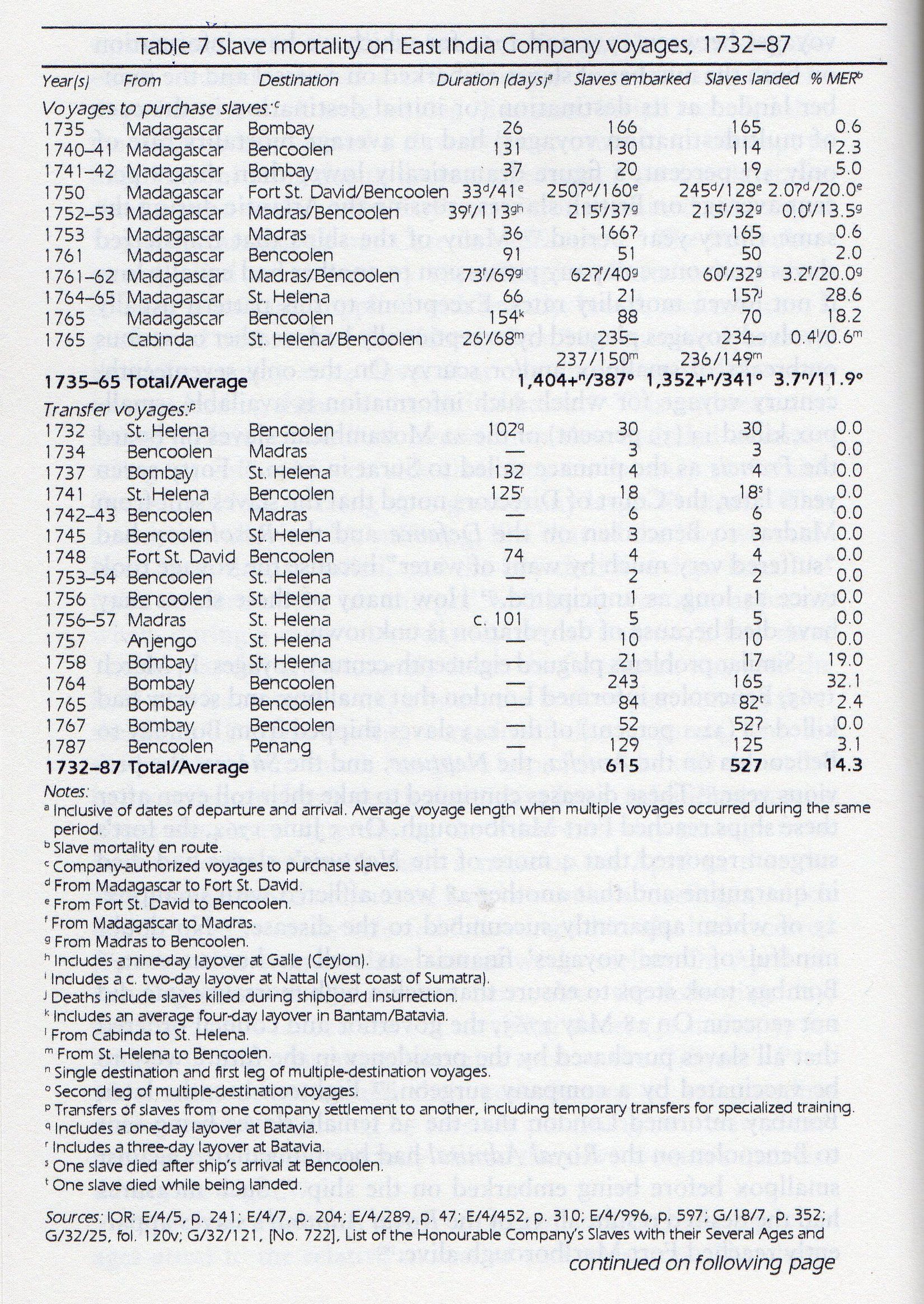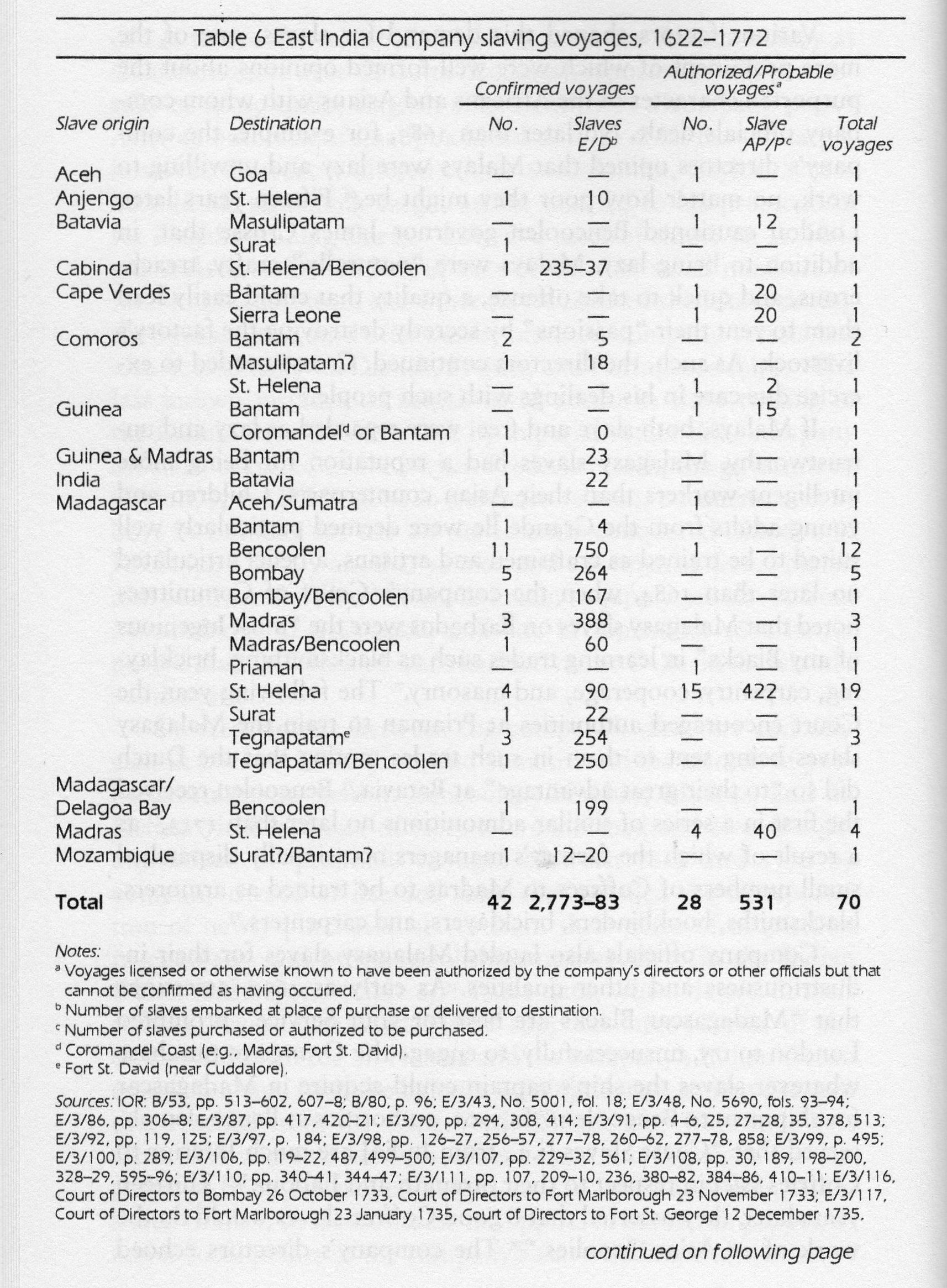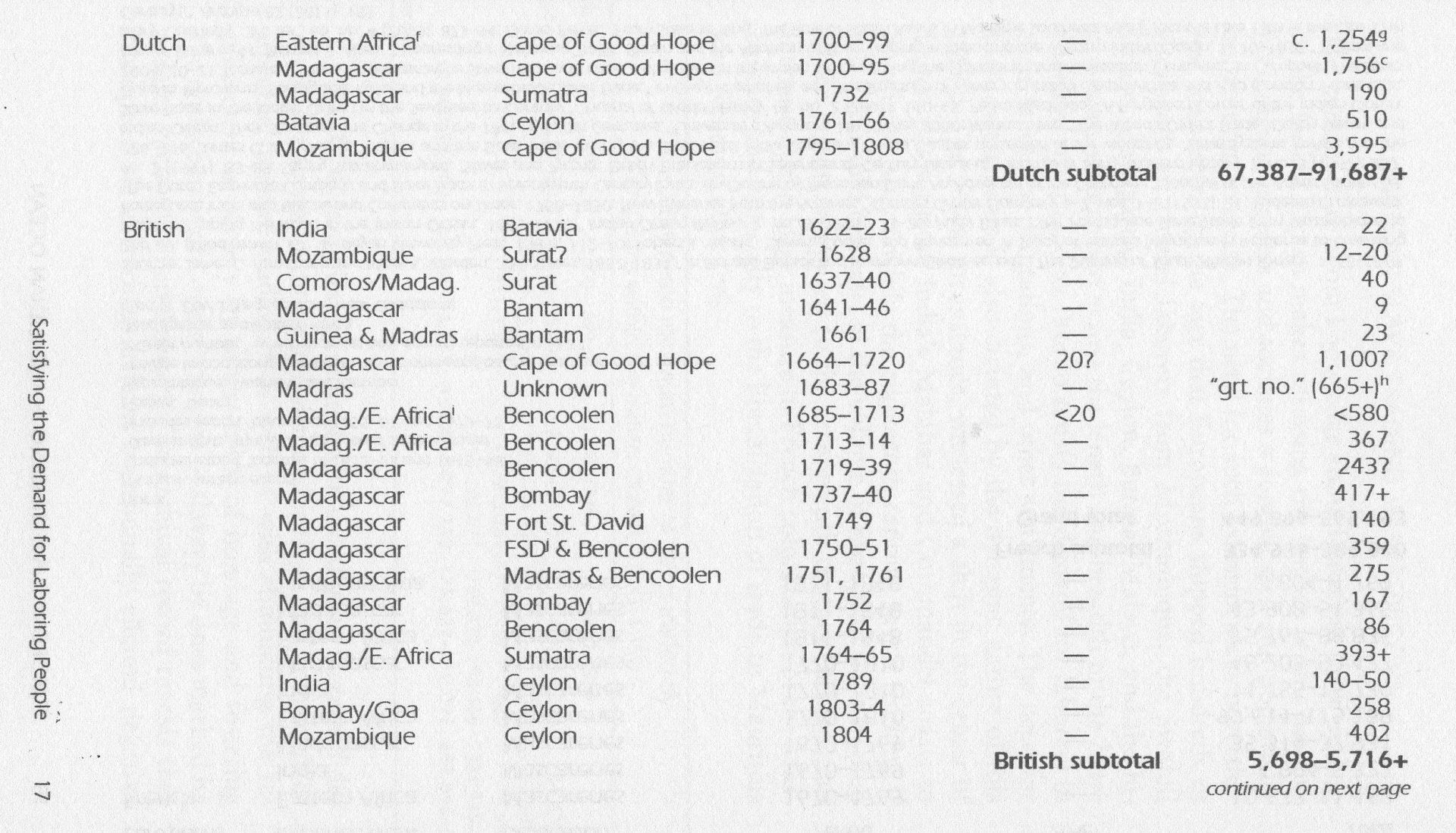The terrorism of European slave raiders and the destruction of Africa
"Most studies and textbooks on the slave trade focused on the 18th and 19th centuries, a time when the slave trade had become the main activity in Black Africa (...) This historical approach has always avoided an analysis of the military and other means deployed by European slave traders in the 16th and 17th centuries to defeat African kings and elites who resisted, and to put docile and corrupt leaders in their place…..written by Government of Zimbabwe.. West Chester University..
Read about the ….Heavily Abridged ‘Slave Bible’ Removed Passages That Might Encourage Uprisings… The rare artefact is the focus of a new exhibition at the Museum of the Bible in Washington, D.C…
When 19th-century British missionaries arrived in the Caribbean to convert enslaved Africans, they came armed with a heavily edited version of the Bible. Any passage that might incite rebellion was removed; gone, for instance, were references to the exodus of enslaved Israelites from Egypt. Today, just three copies of the so-called “Slave Bible” are known to exist.
During the Age of Exploration, the Portuguese Empire was the first European power to gain control of Zanzibar, and kept it for nearly 200 years.
Between 1500 and 1850, European traders such as The East India Company shipped hundreds of thousands of African, Indian, Malagasy, and Southeast Asian slaves to ports throughout the Indian Ocean world. The activities of the British, Dutch, French, and Portuguese traders who operated in the Indian Ocean demonstrate that European slave trading was not confined largely to the Atlantic but must now be viewed as a truly global phenomenon.
European slave trading and abolitionism in the Indian Ocean also led to the development of an increasingly integrated movement of slave, convict, and indentured labour during the late eighteenth and early nineteenth centuries, the consequences of which resonated well into the twentieth century.
Richard B. Allen’s magisterial work dramatically expands our understanding of the movement of free and forced labour around the world. Drawing upon extensive archival research and a thorough command of published scholarship, Allen challenges the modern tendency to view the Indian and Atlantic oceans as self-contained units of historical analysis and the attendant failure to understand the ways in which the Indian Ocean and Atlantic worlds have interacted with one another. In so doing, he offers tantalizing new insights into the origins and dynamics of global labor migration in the modern world.
Slavery (The Dutch India Company's "Slave Lodge at the Cape by Helene Vollgraaf for SA Cultural History Museum).
The Portuguese took Muscat on 1 April 1515, and held it until 26 January 1650, although the Ottomans controlled Muscat from 1550 to 1551 and from 1581 to 1588.
As far back as 1822 Seyyid Said had signed a Convention with the British Government for “the perpetual abolition of the slave trade between the dominions of His Highness and all Christian countries.”
Further, in 1832 the great Arab ruler, Sa’id bin Sultan bin Ahmed, better known as Seyyid Said, a grandson of Ahmed bin Sa’id , the founder of the the Al-Busa’id dynasty decided to make Zanzibar the capital of his dominions in the place of Muscat.
In 1856 Seyyid Said died at sea on board his frigate The Victoria laying off the Seychelles. His two sons were to divide his possession, this caused dispute amongst the two and Her Majesty’s government intervened and persuaded the two brothers to their dispute to the arbitration of Lord Canning, Governor –General and first Viceroy of India.
By this award Zanzibar and the Arab possessions on the mainland became independent of Oman, recognised by France and Great Britain on March 10th 1862. 1870 Sultan Majid died and was succeeded by his younger brother , Seyyid Bargash-bin-Said.
Argument about the slave trade Tippu Tip was not from Oman but he was one of the well- known Slave trader, ivory merchant, explorer, governor led huge expeditions into the African interior, where local chiefs sold him their villagers for next to nothing. It seems like it was not just the Omani who were involved with the slave trade, is that not a fact?
These events did NOT mark the beginning of the slave trade to the Cape as they were already centuries old since between 1500 and 1850 by EIC (East India Company), a trade which was also well controlled by the DEIC (Dutch East India Company) who too sponsored slaving expeditions.
These expeditions were the main source of slaves at the Cape as no burghers - private citizens - were allowed to import slaves. A second source was the DEIC’s return fleets from Batavia which usually brought a few slaves to the Cape - sometimes for the Company’s use, but mostly to be sold to the burghers.
Foreign ships on their way to the Americas from Madagascar also sometimes sold slaves in Cape Town. Between 1658 and 1808 - when oceanic slave trade was abolished - 63 000 slaves were imported, most of whom came from East Africa (26,5%), India (25,9%), Madagascar (25,1%) and Indonesia (22,7%).
Many books as well as website tell us the story of slavery at the Cape. The focus, unlike the Transatlantic slave trade that exported enslaved people from Africa, India, Madagascar, Indonesia, the Indian Ocean region and beyond, is on the enslaved society that existed within Africa, specifically within the Cape, South Africa.
----------------------------------------------------------------------------------
The terrorism of European slave raiders and the destruction of Africa
"Most studies and textbooks on the slave trade focused on the 18th and 19th centuries, a time when the slave trade had become the main activity in Black Africa (...) This historical approach has always avoided an analysis of the military and other means deployed by European slave traders in the 16th and 17th centuries to defeat African kings and elites who resisted, and to put docile and corrupt leaders in their place.
Thus, this image of Africa selling its own children has always been based on a lack of knowledge of the particularly brutal means put in place by Europeans to demolish empires that were prosperous, to exterminate any resistance to invaders ' Rosa Amelia Plumelle-Uribe “Traite des Noirs; Traite des Blancs”, pages 138-139.
https://en.lisapoyakama.org/the-terrorism-of-european-slave-raiders-and-the-destruction-of-africa
European Slave Trading in the Indian Ocean, 1500-1850 (Indian Ocean Studies)
(Indian Ocean Studies Series)
by Richard B. Allen (Author)
Between 1500 and 1850, European traders shipped hundreds of thousands of African, Indian, Malagasy, and Southeast Asian slaves to ports throughout the Indian Ocean world. The activities of the British, Dutch, French, and Portuguese traders who operated in the Indian Ocean demonstrate that European slave trading was not confined largely to the Atlantic but must now be viewed as a truly global phenomenon. European slave trading and abolitionism in the Indian Ocean also led to the development of an increasingly integrated movement of slave, convict, and indentured labor during the late eighteenth and early nineteenth centuries, the consequences of which resonated well into the twentieth century.
Richard B. Allen’s magisterial work dramatically expands our understanding of the movement of free and forced labor around the world. Drawing upon extensive archival research and a thorough command of published scholarship, Allen challenges the modern tendency to view the Indian and Atlantic oceans as self-contained units of historical analysis and the attendant failure to understand the ways in which the Indian Ocean and Atlantic worlds have interacted with one another. In so doing, he offers tantalizing new insights into the origins and dynamics of global labor migration in the modern world.
https://www.ohioswallow.com/book/European+Slave+Trading+in+the+Indian+Ocean%2C+1500%E2%80%931850
The hidden holocaust
Was Belgium's King Leopold II a mass murderer on a par with Hitler or a greedy despot who turned a blind eye to a few excesses? A new book has ignited a furious row in a country coming to grips with its colonial legacy. Stephen Bates reports
https://www.theguardian.com/theguardian/1999/may/13/features11.g22
10 Horrifying Facts About The Genocide In The Congo Free State
From 1885 to 1908, Belgian King Leopold II took control of the Congo. He turned the nation into a moneymaking machine by farming ivory and rubber and building a fortune on the labor of the people who lived there.
https://listverse.com/2017/02/20/10-horrifying-facts-about-the-genocide-in-the-congo-free-state/
A 150-year African Indian Odyssey
Anton Burggraaf
1"African Indian Odyssey" brings together leading South African intellectual, political and cultural figures to tell the 150-year-old story of Indians in South Africa. The result is a powerful documentary that overturns stereotypes and gives fresh insight into what it means to be South African.
https://www.sahistory.org.za/article/indian-south-africans
Read more: http://www.southafrica.info/about/history/africanindianodyssey.htm#.VKHIyv-VWgA#ixzz3NKDis400
http://www.southafrica.info/about/history/africanindianodyssey.htm#.VKHIyv-VWgA
Indentured labour from South Asia (1834-1917)
After the abolition of slavery, newly free men and women refused to work for the low wages on offer on the sugar farms in British colonies in the West Indies. Indentured labour was a system of bonded labour that was instituted following the abolition of slavery. Indentured labour were recruited to work on sugar, cotton and tea plantations, and rail construction projects in British colonies in West Indies, Africa and South East Asia. From 1834 to the end of the WWI, Britain had transported about 2 million Indian indentured workers to 19 colonies including Fiji, Mauritius, Ceylon, Trinidad, Guyana, Malaysia, Uganda, Kenya and South Africa.
German Colonization
The Treatment of the Natives
http://www.wintersonnenwende.com/scriptorium/english/archives/germancolonization/gcpf07.html
-----------------------------------------------------------------------------------------------------------
Indian Slaves In South Africa – Indian African History
INDIAN SLAVES IN SOUTH AFRICA
A little-known aspect of Indian-South African relations
Soon after Jan van Riebeeck set up a Dutch settlement at the Cape of Good Hope in 1652, to supply provisions to Dutch ships plying to and from India and the East Indies, people from India were taken to the Cape and sold into slavery to do domestic work for the settlers, as well the dirty and hard work on the farms.
Indians Overseas, A guide to source materials in the India Office Records for the study of Indian emigration 1830-1950
http://www.bl.uk/reshelp/pdfs/indiansoverseas.pdf
http://civics.sites.unc.edu/files/2012/05/ComparingtheSlaveTrades9.pdf
Britain was one of the most successful slave-trading countries. Together with Portugal, the two countries accounted for about 70% of all Africans transported to the Americas. Britain was the most dominant between 1640 and 1807 and it is estimated that Britain transported 3.1 million Africans (of whom 2.7 million arrived) to the British colonies in the Caribbean, North and South America and to other countries.
Slave Trade, & Coolies: How Britain Re-Invented Slavery with Ameena Gafoor Institute
Coolies: How Britain Reinvented Slavery tells the astonishing and controversial story of the systematic recruitment and migration of over a million Indians to all corners of the Empire. It is a chapter in colonial history that implicates figures at the very highest level of the British establishment and has defined the demographic shape of the modern world. Combining archive footage and historical evidence the programme includes interviews with Gandhi’s great-grandaughter, Uma Dhupelia-Mesthrie, about Gandhi’s campaign to end indentured labour and David Dabydeen – author and academic – whose great-grandfather was an indentured labourer in British Guyana.
Indentured labour was a system of bonded labour, they were recruited to work on sugar, cotton and tea plantations, and rail construction projects in British colonies in West Indies, Africa and South East Asia. From 1834 to the end of the WWI, Britain had transported about 2 million Indian indentured workers to 19 colonies including Fiji, Mauritius, Ceylon(Sri Lanka), Trinidad, Guyana, Malaysia, Uganda, Kenya and South Africa.
The Portuguese already had a flourishing slave trade by the mid 15th century in East and West Africa, it was clear that slavery was regarded as reconcilable with Christian practices.
The Bible too stipulates the treatment of slaves, especially in the Old Testament. There are also references to slavery in the New Testament..
https://en.wikipedia.org/wiki/The_Bible_and_slavery
Why was Christianity sought so much in Africa and other places, well according to the bible …quote….Ephesians 6:5 Slaves, obey your earthly masters with fear and trembling, with a sincere heart, as you would Christ.
So they made the original Olive skinned Jesus into a blue eyed white one…remember the Old Testament and the New Testament respectively Judaism and Christianity came before Islam..
Most of the Old Testament is missing, and only about half of the New Testament remains. The reason? So that the enslaved Africans in the Caribbean islands of Jamaica, Barbados and Antigua couldn’t read or be read anything that might incite them to rebel (links provided below).
Rare ‘Slave Bible’ Was A Powerful Mind Control Device and Spreader of Fake News
https://www.ancient-origins.net/news-history-archaeology/slave-bible-0011677
The Slave Bible was actually titled Parts of the Holy Bible, selected for the use of the Negro Slaves, in the British West-India Islands.
It’s not clear who exactly directed these changes. British planters in the Caribbean had long been weary of missionaries, and could’ve demanded that they only teach enslaved people certain parts of the Bible. But some missionaries may have also believed that it was only appropriate to teach enslaved people excerpts that reinforced their enslaved status (more links below).
Why Bibles Given to Slaves Omitted Most of the Old Testament
The so-called “Slave Bible” told of Joseph’s enslavement but left out the parts where Moses led the Israelites to freedom.
https://www.history.com/news/slave-bible-redacted-old-testament
Islam has never ever prejudiced on race, colour creed but is tolerant to them all and its doctrine is emphatically the teaching that no human being is greater than other based on or through, race, colour or creed!
Christianity and Jewish transatlantic slave trade potentially began in the 15th century, after the Portuguese started exploring the coast of West Africa. At first the number of enslaved Africans taken was small. In about 1650, however, with the development of plantations on the newly colonised Caribbean islands and American mainland, the trade grew, building of the New World was already in motion.
The transatlantic slave trade began in the 15th century, after the Portuguese started exploring the coast of West Africa, it should be noted that 20% of the slaves were Muslims that were shipped across the Atlantic.
In Europe, Spain, in the 15th century there were three key Christian kingdoms with the Kingdom of Castile (northern and central portions of the Iberian Peninsula); the Kingdom of Aragon (northeastern parts of the peninsula); and the Kingdom of Portugal occupying the far western Iberian Peninsula.During the 1470s, Spanish merchants began to trade in large numbers of slaves. This was now big business and commercialised.
Slaves were auctioned at market at a cathedral, and subsequently were transported to cities all over Imperial Spain. This led to the spread of Moorish, African, and Christian slavery in Spain.
On the other hand the history of the Moorish civilizations in Andalucia (now part of Spain), between 1609 and 1614, on royal orders, almost all of the formerly Muslim population of Andalucia (Spain), known as the moriscos, was expelled from the country, there was hardly any slavery mentioned during the Moors that ruled parts of Andalucia (The southernmost region of Spain, Andalusia is bounded by the autonomous communities of Extremadura and Castile–La Mancha to the north and Murcia to the east, the Mediterranean Sea to the southeast, the Atlantic Ocean to the southwest, and Portugal to the west.) from the early 8th until the late 15th centuries – 800 years of history.
Their legacy, especially in terms of what we can witness/see today, was considerable, with two of the region's most important and most-visited monuments – the Alhambra and the Mezquita – dating from Moorish times..
The deportation involved several hundred thousand people and, in that sense, dwarfed the much better-known edict to expel Spanish Jews, which was drawn up in 1492.
The Spanish Inquisition was a judicial institution that lasted between 1478 and 1834. Its ostensible purpose was to combat heresy in Spain, but, in practice, it resulted in consolidating power in the monarchy of the newly unified Spanish kingdom. Its brutal methods led to widespread death and suffering.
The medieval inquisition had played a considerable role in Christian Spain during the 13th century, but the struggle against the Moors had kept the inhabitants of the Iberian Peninsula busy and served to strengthen their faith. When toward the end of the 15th century the Reconquista was all but complete, the desire for religious unity became more and more pronounced. Spain’s Jewish population, which was among the largest in Europe, soon became a target.
https://en.wikipedia.org/wiki/Spanish_Inquisition
https://www.britannica.com/topic/Spanish-Inquisition
History of the Jews in the Ottoman Empire
By the time the Ottoman Empire rose to power in the 14th and 15th centuries, there had been Jewish communities established throughout the region. The Ottoman Empire lasted from the early 14th century until the end of World War I and covered parts of South Eastern Europe, Anatolia, and much of the Middle East. The experience of Jews in the Ottoman Empire is particularly significant because the region "provided a principal place of refuge for Jews driven out of Western Europe by massacres and persecution.
https://en.wikipedia.org/wiki/History_of_the_Jews_in_the_Ottoman_Empire
As early as the Middle Ages, “Moors were commonly viewed as being mostly black or very swarthy, and hence the word is often used for negro,” according to the Oxford English Dictionary.
Author and historian Chancellor Williams said “the original Moors, like the original Egyptians, were black Africans.”
The 16th century English playwright William Shakespeare used the word Moor as a synonym for African. His contemporary Christopher Marlowe also used African and Moor interchangeably.
Arab writers further buttress the black identity of the Moors. The powerful Moorish Emperor Yusuf ben-Tachfin is described by an Arab chronicler as “a brown man with wooly hair.”
Black soldiers, specifically identified as Moors, were actively recruited by Rome, and served in Britain, France, Switzerland, Austria, Hungary, Poland, and Romania. St. Maurice, patron saint of medieval Europe, was only one of many black soldiers and officers under the employ of the Roman Empire.
Although generations of Spanish rulers have tried to expunge this era from the historical record, recent archeaology and scholarship now shed fresh light on the Moors who flourished in Al-Andalus for more than 700 years — from 711 A.D. until 1492. The Moorish advances in mathematics, astronomy, art, and agriculture helped propel Europe out of the Dark Ages and into the Renaissance.
The Moors brought enormous learning to Spain that over centuries would percolate through the rest of Europe.
The intellectual achievements of the Moors in Spain had a lasting effect; education was universal in Moorish Spain, while in Christian Europe, 99 percent of the population was illiterate, and even kings could neither read nor write. At a time when Europe had only two universities, the Moors had seventeen, located in Almeria, Cordova, Granada, Juen, Malaga, Seville, and Toledo.
In the 10th and 11th centuries, public libraries in Europe were non-existent, while Moorish Spain could boast of more than 70, including one in Cordova that housed hundreds of thousands of manuscripts. Universities in Paris and Oxford were established after visits by scholars to Moorish Spain.
It was this system of education, taken to Europe by the Moors, that seeded the European Renaissance and brought the continent out of the 1,000 years of intellectual and technological gloom of the Middle Ages.
The Moors and their conquest of Spain allowed the Spaniards to continue practicing their own religion.
Source: Blackhistorystudies.com/resources/resources/15-facts-on-the-moors-in-spain/
https://atlantablackstar.com/2013/10/07/when-black-men-ruled-the-world-moors/
Back in Africa, In the 15th Century the Portuguese presenting themselves before the Manikongo in the Congo region (Western coast of Africa). The Portuguese initially fostered a good relationship with the Kingdom of Kongo. Civil War ensued within Kongo that would lead to many of its subjects ending up as enslaved people in Portuguese and other European vessels. Of course it all commercially initiated with European colonization and slavery in East and West Africa.
Slavery was a national enterprise. Many firms on Wall Street such as JPMorgan Chase, New York Life and now-defunct Lehman Brothers made fortunes from investing in the slave trade, the most profitable economic activity in New York’s 350 year history.
The international commercial development of Atlantic slave trade of over three centuries, had seen the Americas and other places thrive.
The trans-Atlantic slave trade was now winding down slowly, the Slavery Abolition Act 1833 was the start (with the exceptions "of the Territories in the Possession of the East India Company," the "Island of Ceylon (Sri Lanka)," and "the Island of Saint Helena"; the exceptions were eliminated in 1843.
This was somewhat followed subsequently with, the dreaded indentured slave trade that started to take shape immediatelly, that was now a form of legal bondage slave trade that the West will not dabble over a debate too much because it was supposedly abolished in or around mid- 19th century but in reality it never did, it took on a new form/structure within its colonies, they were not going to give all that good living up that easiy, now where they?.
Talking about post 1834 to the early parts of the 20th century whereby they re-invented slavery and came up with spurious contracts that were deliberately exchanged with uneducated slave individuals that had neither any inkling or inclination, nor any idea what these inauthentic contracts to each individual contained and what the content was within, but the poor slave was a target, his/her fate was depicted in clauses. It is obstinately clear that the West was not giving up easily on cheap labour or slavery or neither wanted it to come to an end.
With the abolition of Slavery the British Colonials as well as others were desperate to find a new source of cheap labour ceaselessly feeding their greed at the expense of humanity.
The repatriation clause was non- existent or doomed in many cases for these poor slaved souls, they were forced to live their pitiable lives in the land that they were taken to, thousands of miles far away and wide and no easy course of return but a demanding one, if one ever thought of an escape, they were now captive and confined and incarcerated for life.
Since their lives were now constricted and gaoled and can now be done to them as their masters willed/pleased, there was never any restrictions imposed upon their masters, on any type/s of legal policing, so basically they carried on “as you were” prior to how 1833 Atlantic slave trade was, such was the time in history that only saw one sided law that upheld and prevailed and only applied and favoured the Caucasian master, the privileged ones , affectively favourably applied to, as it pleased them…they owned these poor souls outright.
Look to the West Indies, Re-Union, Mauritius, South Africa, East Africa, Fiji Island, Madagascar…etc.. South Asian and many others, one shall witness their sad legacy left behind in inheritance, offsprings, brethren, families and kinfolks,those poor souls that were historically shipped to carry out slave labour work on Railways, Sugar plantations, building roads, putting infrastructures in place…etc… left their legacy and is apperant to this very day, all was back than for the benenfit of their Colonial masters …etc.
Most of these poor souls that were shipped far away had never seen their home land ever again and sadly perished and died there…their legacy still lingers on and lives amongst their very own to this very day but their offspring were/are doomed too and despondently do not know their very own legacy of their own home location and nor their own mother land what part of geographical area in South Asia each one comes from nor know who their relatives back home were/are.
In fact Uganda Railways at one point in 1897 the recruitment of Chinese labour was considered an option. "[Coolie] was the bureaucratic term the British used to describe indentured labourers," this derogatory word was applied to all Men and women of Indian or Chinese back ground.
Those indentured slaves that were lucky, if one can call it that was during or around the turn of the 20th century that were seemingly now allowed an alternative and had choices to make for the very first time in their lives, either, repatriating themselves back to where they came from or remain there on foreign land, after completion of their contractual work as an indentured labourer.
This was entirely their own choice and in building a new life was upto an individual, that is whereby South Asians flourished and made their own future mainly in East, South Africa and other with strict Colonial government legal portocol to adhere to, this was now living in apartheid that was governed by strict laws applied and restrictions upon the people of Asian and African background.
Later on others (indentured slaves) in other geological deprived geographical areas to follow suit in developing in the rebuilding and betterment of their future, as their generations progressed.
Colonials hated the people of colour progressing and put obstacles along the way in many different ways…
British East Africa Protectorate
In 1895, the British government took over and claimed the interior as far west as Lake Naivasha; it set up the East Africa Protectorate. In 1902, the border was extended to Uganda, and in 1920 the enlarged protectorate, except for the original coastal strip, which remained a protectorate, became a crown colony.
In 1902, administration of the territory was transferred from the Foreign Office to the Colonial Office and the Uganda territory was incorporated as part of the protectorate. By declaring a protectorate over British East Africa the British government had established direct control over the region and opened up the fertile highlands to White settlers in 1902. Sir Charles Norton Eliot, commissioner of British East Africa at the beginning of the 20th century, is credited with having initiated the policy of white supremacy in the British East Africa protectorate (now Kenya).
Hut tax was introduced in 1903 (not because it was a necessary public finance measure, but it was intended as a means of forcing Africans to work for the white settlers in order to earn money to pay taxes with).
During the early part of the 20th century, the interior central highlands were settled by British and other European farmers. By the 1930s, approximately 30,000 white settlers lived in the area.
The Crown Lands ordinance of 1902 provided for sale of land and leases to settlers. The ordinance underlined that the Crown had original title to land and that where Africans vacated or deserted the land, that land was considered waste and reverted back to the Crown to be given to the settlers.
http://www.enzimuseum.org/after-the-stone-age/british-east-africa-protectorate
This is the judgment:
"In my view the effect of the Crown Lands Ordinance, 1915, and the Kenya (Annexation) Order in Council, 1920, by which no native rights were reserved and the Kenya Colony Order in Council, 1921, as I have already stated, is, clearly, inter alia, to vest land reserved for the use of the native tribe in the Crown. If that be so, then all native rights in such reserved land, whatever they were under the Gathaka system, disappeared, and the natives in occupation of such Crown land became tenants at will of the Crown of the land actually occupied."
https://ameenagafoorinstitute.org/public-articles
Between unfreedoms: how caste was a major determining factor in deciding return migration of indentured workers
Indentured servitude
https://en.wikipedia.org/wiki/Indentured_servitude
Indentured Indian Labour in Fiji
https://www.britishempire.co.uk/maproom/fiji/indenturedlabour.htm
Indian indenture system
https://en.wikipedia.org/wiki/Indian_indenture_system
indentured labourers
Britain's Forgotten Slave Owners - 1 - Profit and Loss
